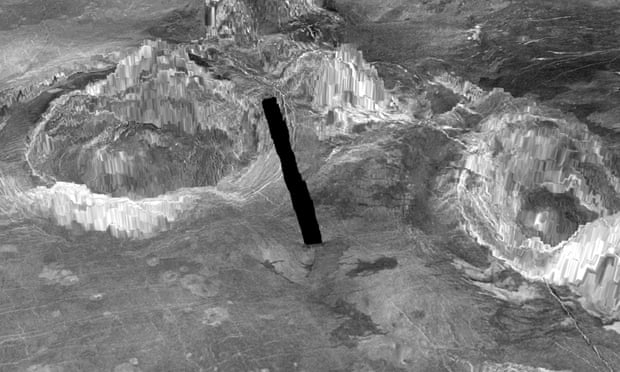The research focused on ring-like structures called coronae, caused by an upwelling of hot rock from deep within the planet’s interior, and provided compelling evidence of widespread recent tectonic and magma activity on Venus’s surface, researchers have said.
Many scientists had long thought that Venus, lacking the plate tectonics that gradually reshape Earth’s surface, was essentially dormant geologically, having been so for the past half billion years.
“Our work shows that some of that interior heat is still able to reach the surface even today. Venus is clearly not so geologically dead or dormant as previously thought,” said Anna Gülcher, an Earth and planetary scientist of the Institute of Geophysics in Zurich, and lead author of the research published in the journal Nature Geoscience.
The researchers determined the type of geological features that could exist only in a recently active corona – a telltale trench surrounding the structure. Then they scoured radar images of Venus taken by Nasa’s Magellan spacecraft in the 1990s to find coronae that fit the bill. Of 133 coronae examined, 37 appear to have been active in the past 2m to 3m years, a blink of the eye in geological time.
“In my opinion many of these structures are indeed active today,” said Laurent Montesi, a University of Maryland geophysicist and study co-author.
Coronae are essentially fields of lava flows and major faults spanning a large circular area. Many of the 37 reside within in a gigantic ring in the planet’s southern hemisphere, including a colossal corona called Artemis which is 1,300 miles (2,100km) in diameter.
Venus, Earth’s closest and just slightly smaller planetary neighbour, is covered by clouds of sulphuric acid and has surface temperatures hot enough to melt lead.
More about: #Venus
















































